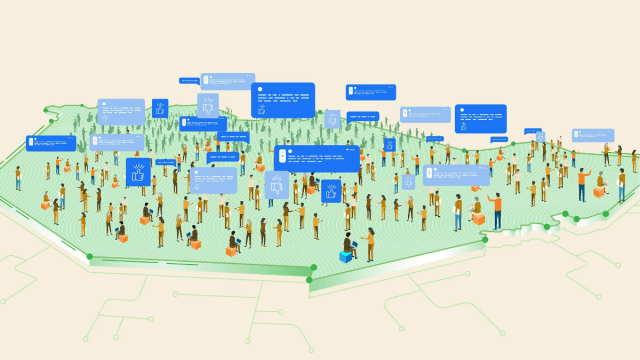While the marketing world wraps its mind—and org charts—around AI, Gen Z is putting it to work. And the message for brands is clear: Those that deliver real-world usefulness, not just novelty, will win.
To sidestep the breathless headlines (“10 Things About o3 That Will Blow Your Mind!!”), the YouTube how-tos, and the ceaseless podcasts, we commissioned research firm DCDX to speak directly with thousands of people, including entrepreneurs. The data demonstrates that this generation’s AI uptake is rapid, but they have unexpectedly utilitarian expectations for how brands should incorporate AI into their marketing and advertising.
The study found that 64% of Gen Z has used AI in the past year, and 61% use it at least a few times a week. To them, AI isn’t futuristic; it’s a present reality embedded into daily routines. If brands want to connect, they must surpass flashy experiments and focus on what matters: making AI useful.
In the past few years, as brands began integrating AI into marketing strategies, they’ve often treated it as a creative novelty rather than a transformative customer experience solution. AI-generated art, chatbot gimmicks, and ad stunts dominate headlines, but Gen Z, the first truly AI-native generation, isn’t impressed by the hype.
Case in point: When asked about brands embracing AI, 60% found it appealing—but only when it simplified their lives, enhanced learning, or boosted productivity. So, Gen Z doesn’t want AI for AI’s sake; they want AI to make their lives easier.
Brands like Ikea, Sephora, and Duolingo demonstrate how useful AI works—whether it’s virtually redesigning living rooms, matching skin tone to the perfect foundation, or role-playing conversations with a language tutor. AI is making these experiences richer, creating a shorter path from the brand-created experience to a useful outcome in a person’s life.
Consumers’ loud-and-clear preference for real-life value versus yet another AI-generated spot means forward-thinking leaders need to shift their discussions, focus, and plans toward utility-based, AI-powered brand experience. That way, we maintain next-generation optimism around the use of the technology.
